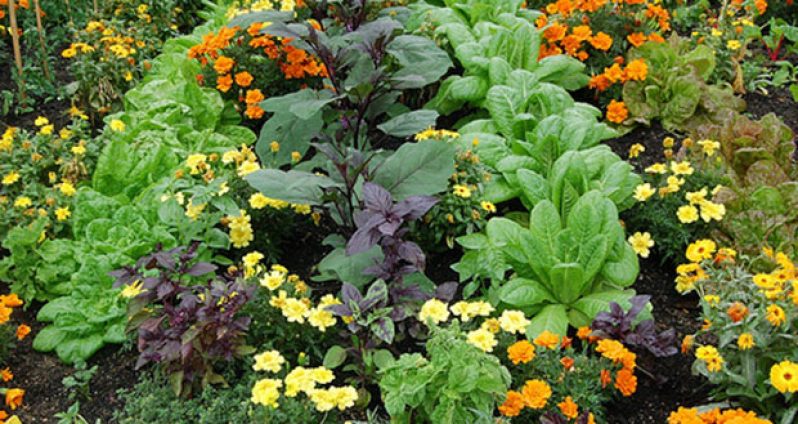As has been said before , in the simplest terms, companion planting is the technique of combining two plants for a particular purpose . The wisdom is that a planned diversity in your garden can give good yields or even better yields from the same amount of space.
Remember that companions help each other grow—Tall plants, for example, provide shade for sun-sensitive shorter plants or can act as a windbreak.
Remember too that companions use garden space efficiently—Vining plants cover the ground, upright plants grow up so you have two plants in one patch.
Some plants grow well together just because they don’t compete for light.
So, to get the most out of companion planting, it’s often wise to try a combination at least twice; three times is even better.
Then you can look at the overall performance of the combination and make an informed decision on whether it’s worth trying again.
You’ll soon build a list of plants and techniques that will make your garden more productive and even easier to maintain.
SOME MORE GREAT COMPANIONS:
BASIL: Plant with tomatoes to improve growth and flavour. Basil also does well with peppers.
BEANS: All bean enrich the soil with nitrogen fixed from the air, improving the conditions for whatever crop you plant after the beans are finished. In general they are good company for celery, corn, eggplant, peas and cucumbers. Beans are great for heavy nitrogen users like corn and grain plants because the nitrogen used up by the corn and grains are replaced at the end of the season when the bean plants die back.
CUCUMBERS: Cucumbers are great to plant with corn and beans. The three plants like the same conditions: warmth, rich soil and plenty of moisture. Cukes also do well with peas.
BROCCOLI: Companions for broccoli are: Basil, Cucumber, Dill, Lettuce, thyme and Tomato. Celery improves broccolis’ flavor when planted near it. Broccoli loves plenty of calcium. Pairing it with plants that need little calcium is a good combination as this frees up the calcium in the soil for the broccoli.
CORN: beans, cucumber, melons, morning glory, peas, pumpkin, soybeans, squash and sunflower.
A classic example is to grow climbing beans up corn while inter-planting pumpkins.
The corn provides a natural trellis for the beans, pumpkins smother the weeds and helps corn roots retain moisture. Corn is a heavy feeder and the beans fix nitrogen from air into the soil however the beans do not feed the corn while it is growing. When the bean plants die back they return nitrogen to the soil that was used up by the corn-a win-win situation.
However it is advisable to keep corn away from celery and tomato plants by at least 20 feet.
EGGPLANT: Plant with peppers. Eggplant is a member of the nightshade family and does well with peppers as they like the same growing conditions
LETTUCE: Does well with cucumbers. Lettuce also grows happily in the shade under young sunflowers. Dill and lettuce are a perfect pair. Keep lettuce away from cabbage since it has been found that cabbage is a deterrent to the growth and flavour of lettuce.
MELONS: Companions: Corn, pumpkin, radish and squash.
TOMATOES: Tomato allies are many: basil, bean, , celery, cucumber, head lettuce, pepper and marigold.
But keep corn and tomato apart as they are attacked by the same worm., known as the corn earworm or tomato fruit worm.
(By Clifford Stanley)













